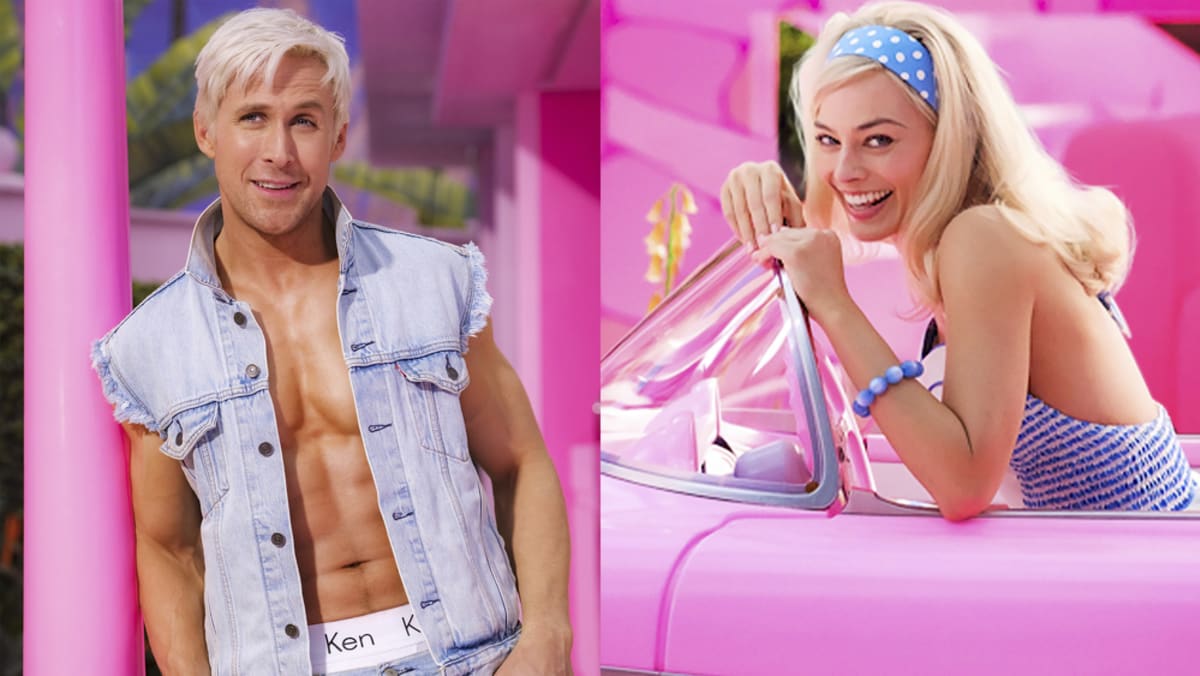Commentary: How Barbie and her life in plastic have stayed iconic for over 60 years
But critics have argued that these career dolls are a “misfire attempt at inspiring girls”. This negative perception of the brand’s moral vision is linked to the notion that Barbie is rooted in an ideal of femininity that still characterises women by their physical appearance.
Barbie has been accused of promoting unrealistic body standards, stereotyping and objectification of women, as well as having a negative influence on girls’ self-esteem and body image.
So, faced with declining sales and competition from smaller brands offering dolls with more realistic body types (such as Lottie and Lammily), Mattel launched “Project Dawn” in 2016. This included the launch of Fashionistas, a line of Barbie dolls with different body types (curvy, petite and tall) and abilities, skin tones and eye colours, as well as hairstyles and outfits.
But research suggested that young girls aged between three and 10 prefered the original tall and petite dolls. They were negative about “curvy” Barbie, and this doll also received intense public scrutiny.
In 2017, Mattel took another significant step by introducing ethnically and racially diverse dolls of different nationalities, including the first hijab-wearing Barbie doll. However, this approach prompted criticism that Mattel was treating race and ethnic differences as “collectible”, and commodifying culture.
Despite this, Barbie continues to be a toy that many children play with. The longevity and iconic status of the doll is a tribute to Mattel’s astute marketing and reinvention efforts. These have helped the brand remain relevant even now, 64 years after it was launched.
Sameer Hosany is Professor of Marketing, Royal Holloway University of London. This commentary first appeared on The Conversation.
For all the latest business News Click Here

